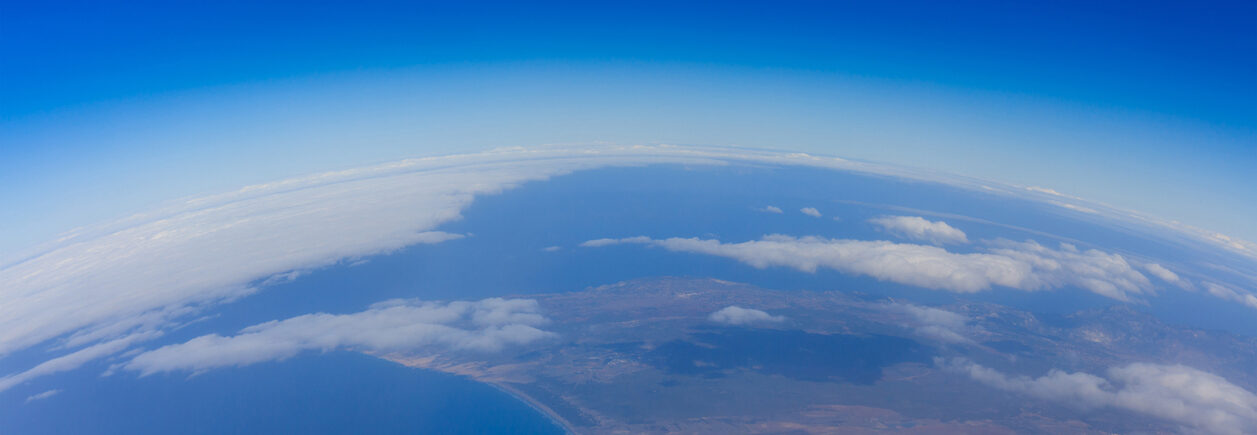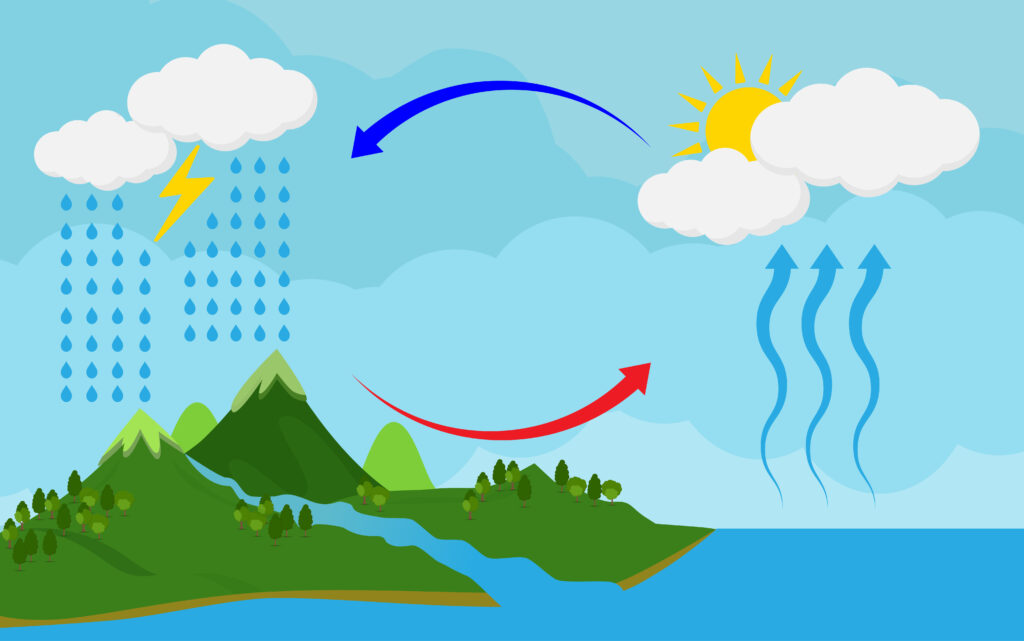Celestial-looking slugs called sea angels. A macabre fish named for its long, ghastly fangs. Shimmering crustaceans that produce their own light. Octopuses with adorable, quirky names like flapjack and sandbird.
A lot about the ocean seems majestic and mysterious, like it is straight out of a fairytale.
Simon Donner, a climate scientist and professor at the University of British Columbia (UBC), understands. The ocean is majestic and mysterious, teeming with life and colour, with vibrant coral reefs and diverse marine species, and with so many unknowns.
Zana Mody, a marine socio-ecologist and PhD student at UBC’s Institute for Resources, Environment and Sustainability, calls the ocean a “critical system filled with life.”
Leah Bendell, a professor of marine ecology and ecotoxicology EcotoxicologyThis scientific discipline investigates the intricate relationship between pollutants and the diverse ecosystems within our oceans. Ecotoxicologists like Leah Bendell shed light on the threats posed by contaminants and guide efforts to preserve the vital ecosystems beneath the ocean's surface. at Simon Fraser University, says it’s “formidable” and “fascinating.”
Although the ocean covers about 70 percent of Earth’s surface — Professor Bendell jokes that Earth should be called “Ocean” because of this — only a small fraction of the ocean (research says just five percent) has actually been explored. Hence, it’s easy to think of the ocean as a faraway place untouched by our climate woes.
“Part of the ocean's mystery is that it’s hard to measure or observe what's going on below the surface,” Professor Donner says.
When a grassland is burning because of wildfires or a forest is cut down due to logging, we can see it, adds ecologist and UBC professor Christopher Harley. But the ocean’s surface remains largely unchanged to us even when beneath it, marine ecosystems are feeling the effects of climate change.
In many ways, the ocean is a faraway place, stretching wider and deeper than our minds can imagine. But it is not a separate place.
Zana says life on Earth is “intimately tied” to life in the ocean. After all, it's partly responsible for the air we breathe. As she explains, oceanic plankton—like algae and certain bacteria—produce about half of the oxygen on Earth.
The ocean is also responsible for regulating the Earth’s climate; its currents determine heat distribution and drive weather patterns, including rainfall. As Professor Harley points out, this is critical for food security.
The Ocean
See more →
The ocean is responsible for regulating the Earth’s climate. It absorbs about a third of our carbon emissions and oceanic plankton produces about half of the oxygen on Earth.
Evaporation
See more →
Evaporation is the transfer of water from the Earth's surface to the atmosphere. Through solar energy, liquid water turns into water vapor.
Droughts can negatively affect the water cycle and food security. During a drought, higher temperatures and lower humidity cause evaporation rates to increase as soil, plants, and bodies of water rapidly lose moisture.
Condensation
See more →
In the troposphere, water vapor changes into liquid and condenses to form dew, frost, fog, and clouds.
The lack of moisture from droughts can lead to lower condensation in the atmosphere. This means reduced cloud cover and higher chances of dry weather spells.
Precipitation
See more →
Precipitation occurs when water particles are released from the atmosphere to Earth through rain or snow.
A direct impact of a drought is reduced precipitation, which affects vegetation and food security through a lack of water to replenish crops and rivers. A lack of rainfall can also negatively affect groundwater aquifers and drinking water supply.
Without rainfall, areas that were once fertile for farming would become arid. Additionally, the United Nations estimates that more than three billion people worldwide depend on seafood as their primary source of protein.
Another responsibility the ocean carries? Absorbing about a third of our carbon emissions and up to 90 percent of the excess heat on Earth, and even much of the plastic we produce, thus bearing the brunt of the climate crisis.
If Earth had no oceans, we would lose an important “climate regulator,” a defense against climate change, an important source of food, and as drastic as it may seem, we would eventually cease to exist. Professor Bendell says to put it simply, without oceans, “there won’t be any life on the planet.”
To protect the ocean, organizations like Ocean Wise, Raincoast Conservation Foundation, and The Georgia Strait Alliance conduct research and run conservation programs to maintain the health of the ocean and restore habitats for marine life.
The government of British Columbia is also investing in research and innovative technologies to remove carbon from the ocean. And implementing ambitious measures — a tax on carbon, bold targets for the use of zero-emission vehicles, and cuts to methane emissions — to mitigate climate change.
“We are not helpless,” Professor Harley says. “This is something we can solve.”
Curious for more science about water and climate change?
Explore the science and solutions for regenerating our planet at Change Reaction.

